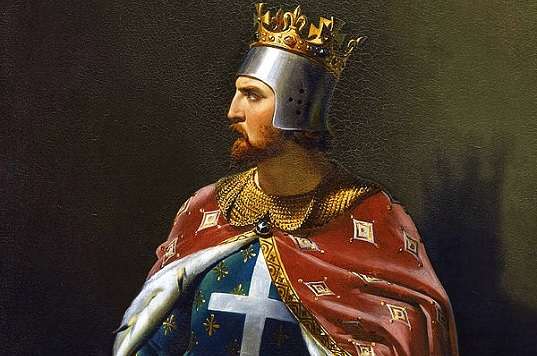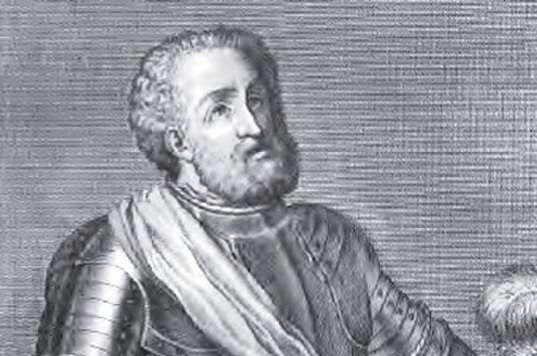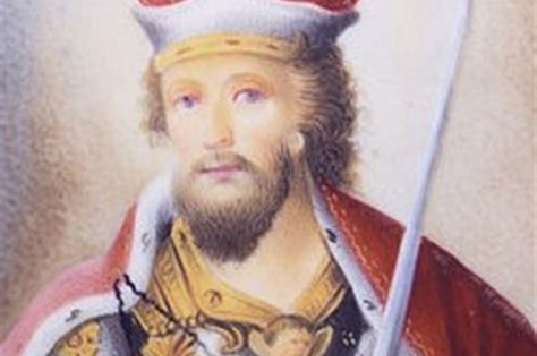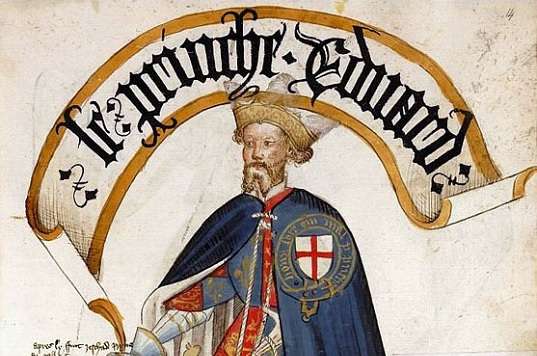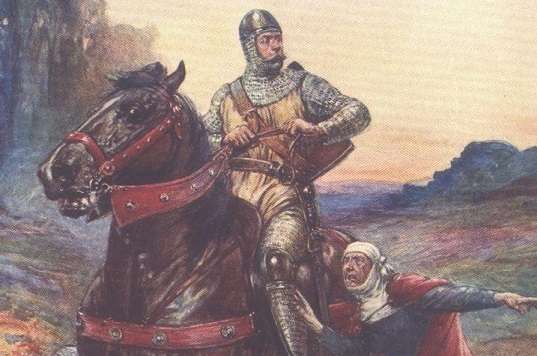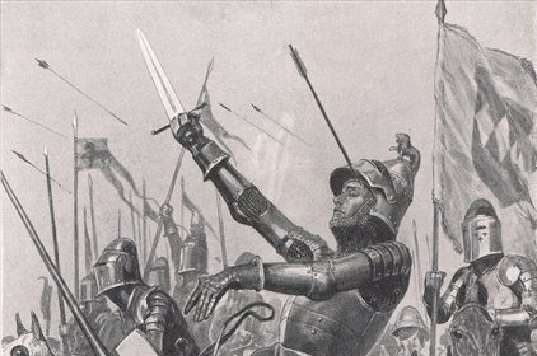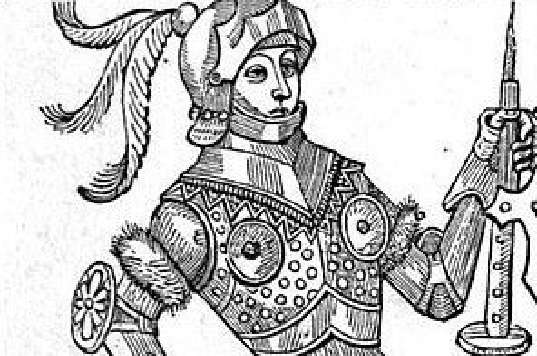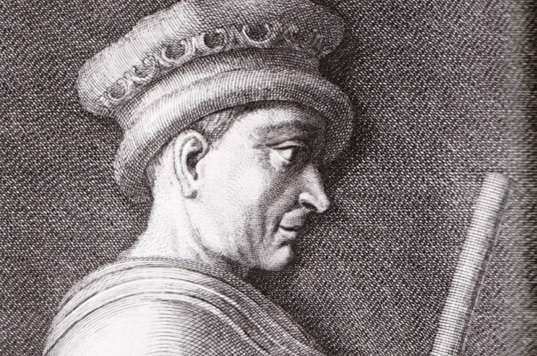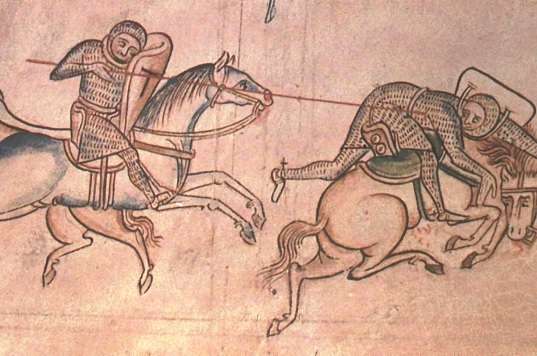"The
sanctuary of health, the nursery of temperance, the delight of
frugality, an academy of civility, and a free-school of ingenuity." - Coffee-Houses Vindicated (anonymous 17th century pamphlet)
Budaya kafe di London bukanlah hal baru. Sepuluh
tahun terakhir mungkin telah melihat proliferasi tempat untuk membeli
latte dan membolak-balik koran harian, tapi revolusi kopi yang
sebenarnya ada di akhir 1600-an dan awal 1700-an, ketika sebanyak 3.000
rumah kopi menjadi rumah utama untuk mengisi bahan bakar kafein, tempat berjudi dan gosip-gosip di jalanan London.
Rumah Kopi pertama Inggris dibuka di Oxford pada 1650. Dua tahun kemudian,
seorang pegawai Yunani bernama Pasqua Rosee membawa minuman baru ke
ibukota, membuka toko di St Michael Alley, Cornhill. Itu adalah sukses dalam semalam dan lain-lain yang cepat untuk menyalin. Sebelumnya, pria berkumpul di bar untuk melakukan bisnis dan pertukaran ide. Tapi mereka sering tidak menyenangkan, gaduh dan - berkat ale - tempat yang tidak produktif. Kopi, di sisi lain, "akan mencegah rasa kantuk dan membuat satu cocok untuk bisnis".
Segera, intelektual, profesional dan pedagang memadati ke rumah kopi untuk berdebat, mendistribusikan pamflet, melakukan penawaran, pipa tanah liat asap dan, tentu saja, mengkonsumsi minuman dikatakan menyerupai "sirup jelaga dan esensi dari sepatu tua". Newsletter dan Gazettes (prekursor dari surat kabar) yang didistribusikan di rumah kopi dan sebagian difungsikan sebagai ruang baca dan papan pengumuman mengumumkan penjualan, pelayaran, dan lelang ke pengusaha yang sering mereka.
Yang paling terkenal mulai menarik klien yang berbeda. Pada tahun 1688, rumah kopi Edward Lloyd di Menara St mendapatkan reputasi sebagai tempat untuk pergi untuk asuransi laut. Ini kemudian berkembang menjadi pasar asuransi yang terkenal di dunia, Lloyd of London. Pada tahun 1698, pemilik rumah kopi Jonathan di Bursa Alley mulai mengeluarkan daftar harga saham dan komoditas yang disebut "The Course Bursa dan hal-hal lain": sehingga mulai dari London Stock Exchange. Rumah lelang Christie Sotherby dan memiliki asal-usul mereka di rumah-rumah kopi.
Segera, intelektual, profesional dan pedagang memadati ke rumah kopi untuk berdebat, mendistribusikan pamflet, melakukan penawaran, pipa tanah liat asap dan, tentu saja, mengkonsumsi minuman dikatakan menyerupai "sirup jelaga dan esensi dari sepatu tua". Newsletter dan Gazettes (prekursor dari surat kabar) yang didistribusikan di rumah kopi dan sebagian difungsikan sebagai ruang baca dan papan pengumuman mengumumkan penjualan, pelayaran, dan lelang ke pengusaha yang sering mereka.
Yang paling terkenal mulai menarik klien yang berbeda. Pada tahun 1688, rumah kopi Edward Lloyd di Menara St mendapatkan reputasi sebagai tempat untuk pergi untuk asuransi laut. Ini kemudian berkembang menjadi pasar asuransi yang terkenal di dunia, Lloyd of London. Pada tahun 1698, pemilik rumah kopi Jonathan di Bursa Alley mulai mengeluarkan daftar harga saham dan komoditas yang disebut "The Course Bursa dan hal-hal lain": sehingga mulai dari London Stock Exchange. Rumah lelang Christie Sotherby dan memiliki asal-usul mereka di rumah-rumah kopi.
Dokter menggunakan coffee house Batson di Cornhill sebagai ruang konsultasi. Bab dalam Paulus Alley adalah pertemuan yang dipilih untuk penerbit dan penjual buku. Ilmuwan seperti Sir Isaac Newton dan Profesor Halley lebih suka Grecian pada Strand. Sedangkan akal hari, termasuk penulis drama Dryden, berkumpul di Will di Russell Street, Covent Garden. Tidak semua orang mendukung rumah kopi - atau 'sen universitas', karena mereka telah menjadi dikenal. Wanita, khususnya, keberatan dengan jumlah waktu suami mereka dihabiskan di pendirian tersebut. Pada
tahun 1674, Petisi Perempuan Melawan Kopi diluncurkan, menyatakan dalam
pamflet bahwa kopi, "membuat laki-laki sebagai tidak berbuah sebagai
gurun mana yang tidak bahagia berry dikatakan dibawa". Meskipun
mendapatkan pendapatan yang cukup besar dari penjualan kopi, Raja
Charles II mencoba untuk melarang pendirian, mengutuk mereka sebagai,
"tempat di mana puas bertemu, dan menyebar laporan skandal mengenai
pelaksanaan Mulia dan Menteri-nya". Tapi protes itu sehingga ia terpaksa mundur proklamasi nya hampir sebelum tinta kering.
Pada abad ke-18 pertengahan, kedai kopi mulai berkurang popularitasnya sebagai selera bangsa berbalik minum teh. Mereka yang tetap mulai krim off klien lebih aristokrat dengan pengisian biaya keanggotaan. The Gentleman Club telah lahir.
Sumber: http://www.history.co.uk/study-topics/history-of-london/londons-coffee-houses







